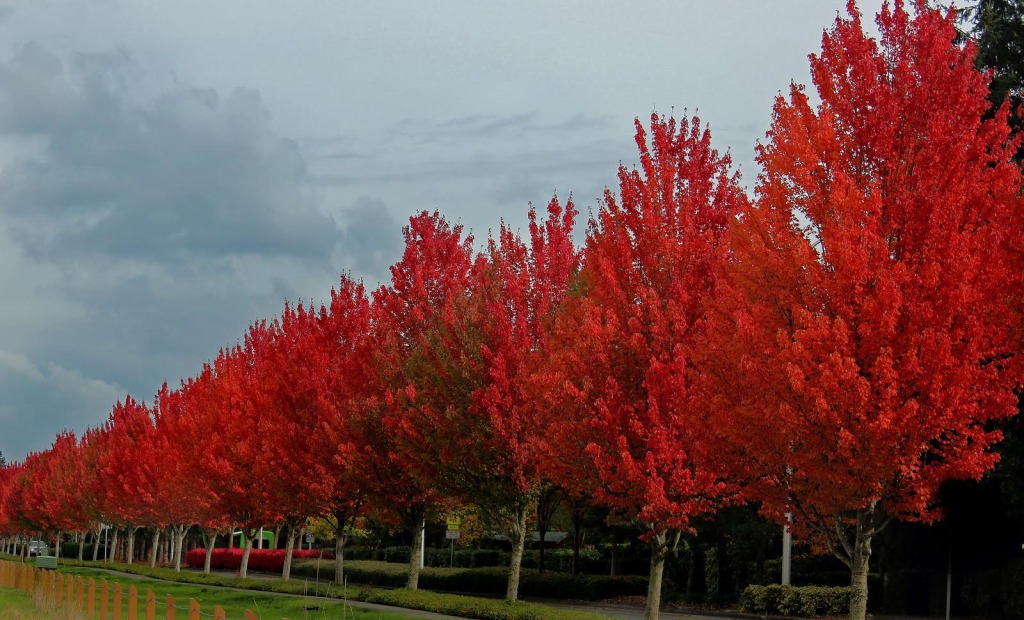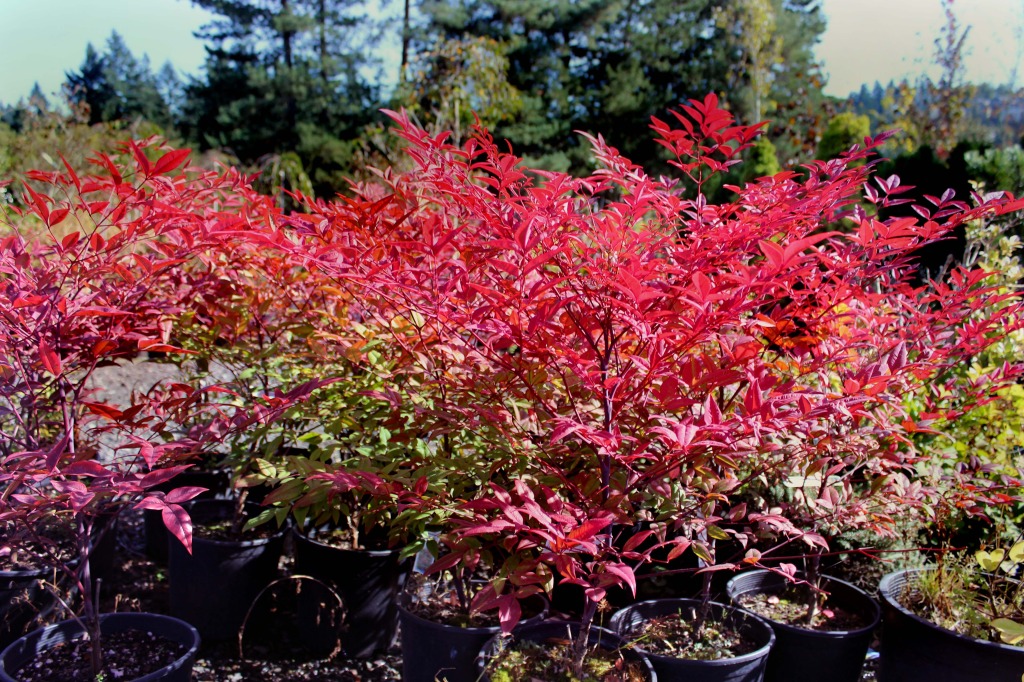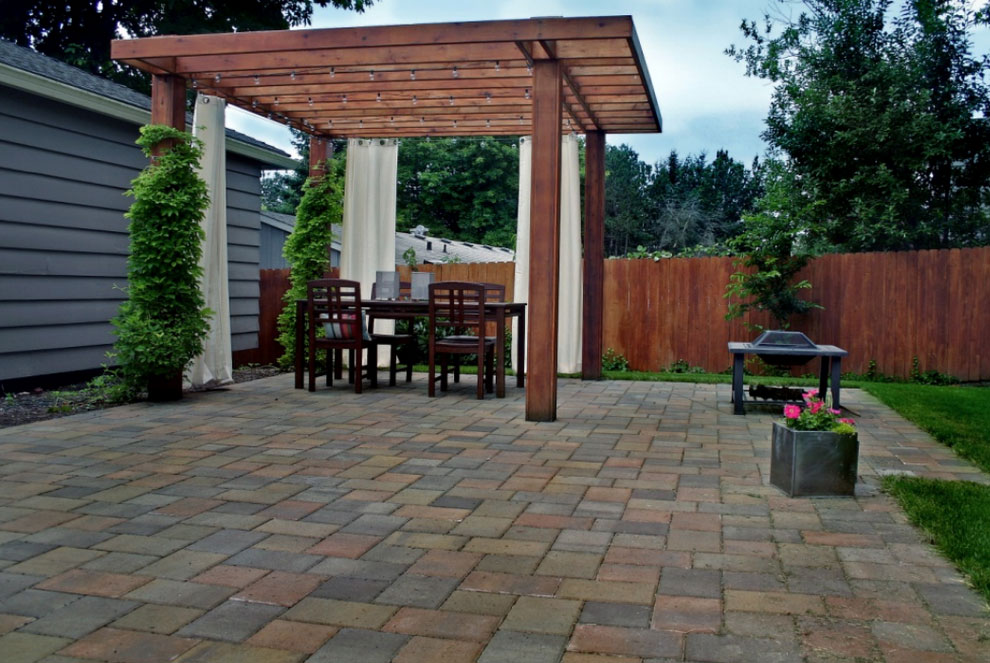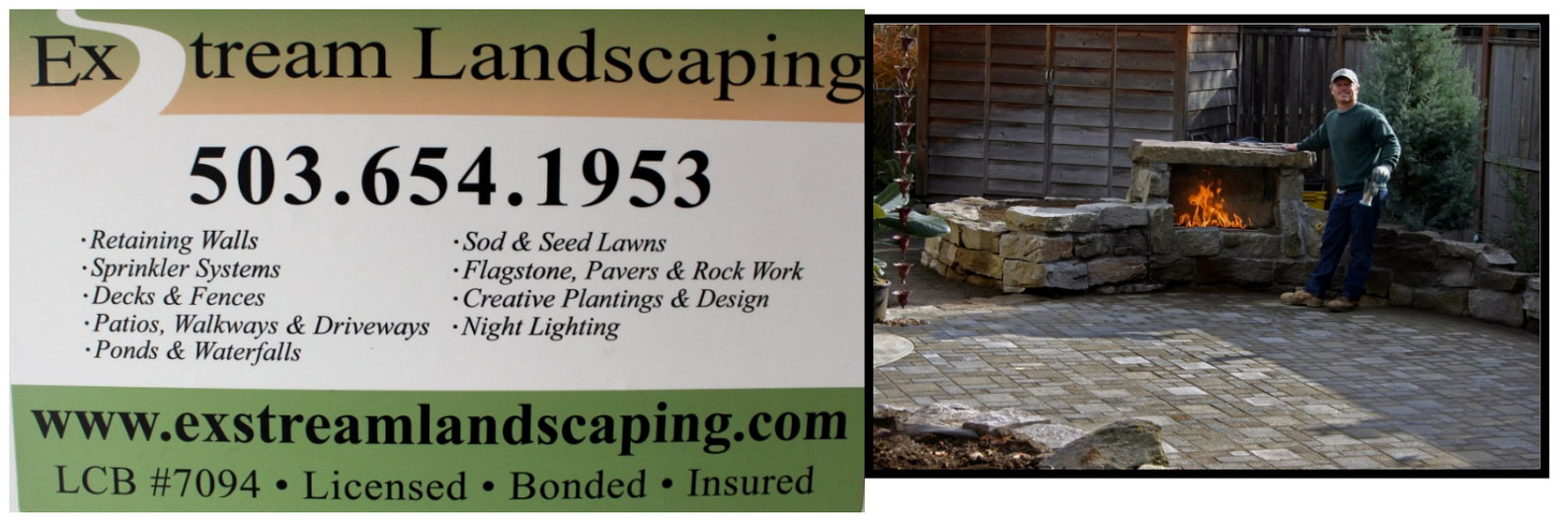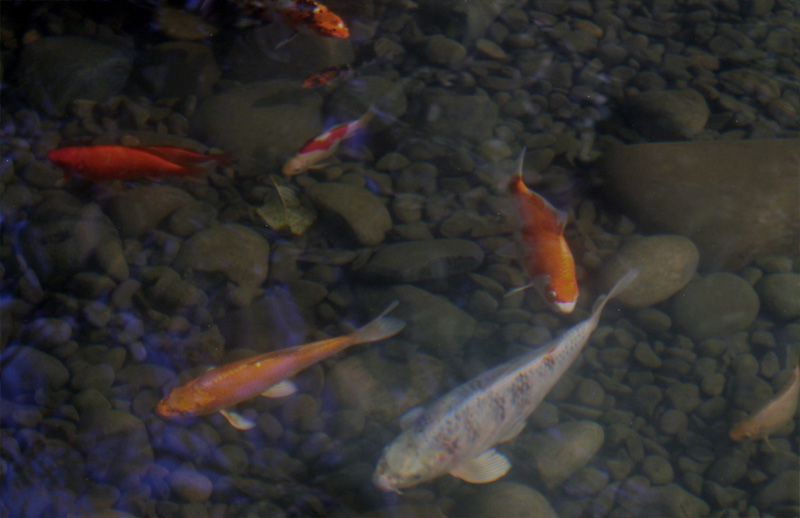"Pat, Thanks so m uch for the quick completion of the bark dusting job. It's beautiful and I know that our neighbors are THRILLED!!!" Sincerely, Denise S. NE Portland
Awesome Oregon City Before and After Shot
Winterize your Sprinkler System NOW!
Sprinkler systems need to be winterized by a professional every fall so that costly breaks can be avoided when turned on in the spring. When a landscape professional winterizes your system you can be assured that no undetected leaks that are under ground and therefore unseen will happen. Saving you lost monies in not only repairs but also the dreaded water bill!
Come spring your landscape professional will return to recharge your system insuring that all zones are in working order, replacing any broken sprinkler heads or pipes.
Make your appointment NOW with Exstream Landscaping at 503-654-1953!
Top 8 things Portland Landscape owners should before winter sets in
This removes unwanted weeds and chocked lawns so that your spring lawn will have room to grow.
Fall and spring are the best times to over seed your lawn area. The cooler temperatures and consistent N.W. rains help to root the new seeds deeper for a stronger, lusher lawn.
A good idea for bed areas in the fall as the extra layer of protection helps keep sensitive perennials and shrubs as well as deterring unwanted plant and weed growth, all while adding a fresh look to your winter landscape.
This is the time of year you'll want to cut back all of your perennials and shrubs and do your major tree pruning. Fall is a really good time of year to see the branch structure of your trees and shrubs with all of the leaves off of them. Seeing the branching structure really helps in pruning and shaping the trees and shrubs as they can be shaped and manicured to your tastes and size needs.
Turning off all outdoor faucets and hose bibs from the inside of the jpm,e can help prevent freezing pipes as well as unwanted winter usage of outdoor faucets. The installation of inexpensive bib covers can be purchased at any hardware store and even some grocery stores, is also a good idea to prevent freezing.
Rake or blow your leaves into piles for disposal! This is very important in our area. As the N.W. area of Oregon has one of the largest tree canopies of any mid-sized city in the nation. Portland alone boasts a 30% tree canopy. IF leaves are left unattended they clog rain drains causing flooding as well as dead lawns, clogged rain cutters , damaged roofs and slimy slippery decks, landings and walkways that create slipping hazards. Everyone in the Portland area has a FREE lawn disposal can and some cities offer pick-up of leaf litter.
THE number 1 most important thing you can do for your landscape is to make sure the irrigation system is turned off and has been winterized professionally. This is an absolute MUST to prevent costly winter breakage and possible flooding. Winterizing your system professionally usually includes a Spring turn on by a professional to insure that there are no breaks or possible leaks underground and unseen that can not only cause flood damage but be pretty costly not only to fix but to your water bill!
5 BEST Fall Foliage Plants for the NW!
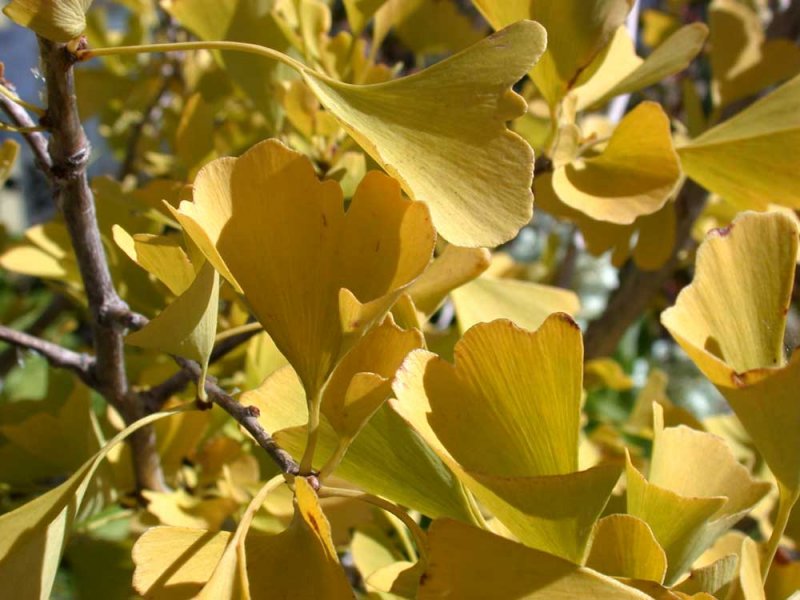
Number 3 is the Burning Bush or Euonymus Alata Compacta. A smaller shrub with a compact dense form makes this plant makes as excellent border or specimen plant. The fall color on the shrub is simply spectacular! very bright red to fuschia pink this shrub is a stand out for fall interest.
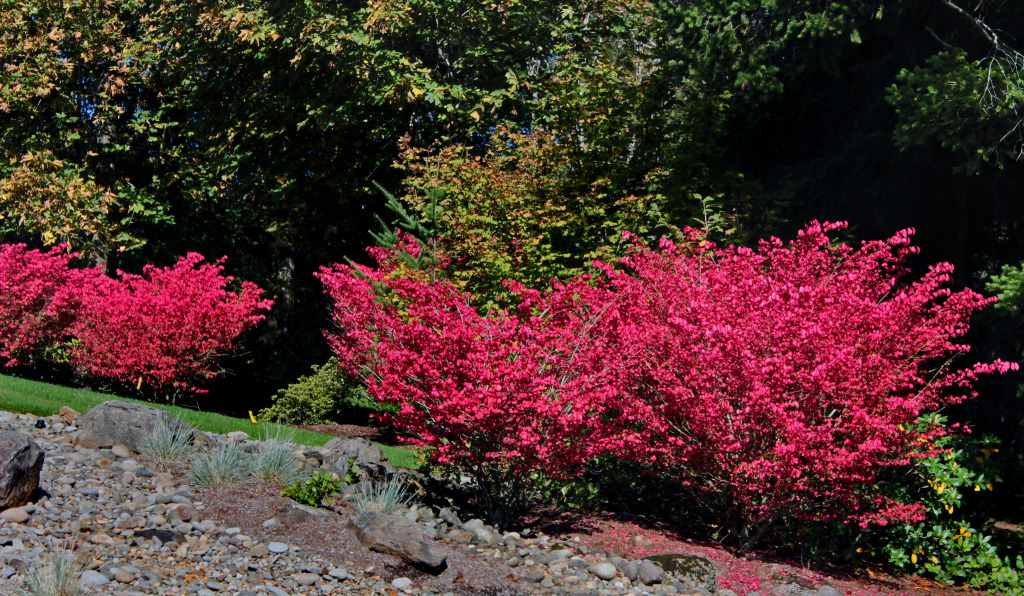
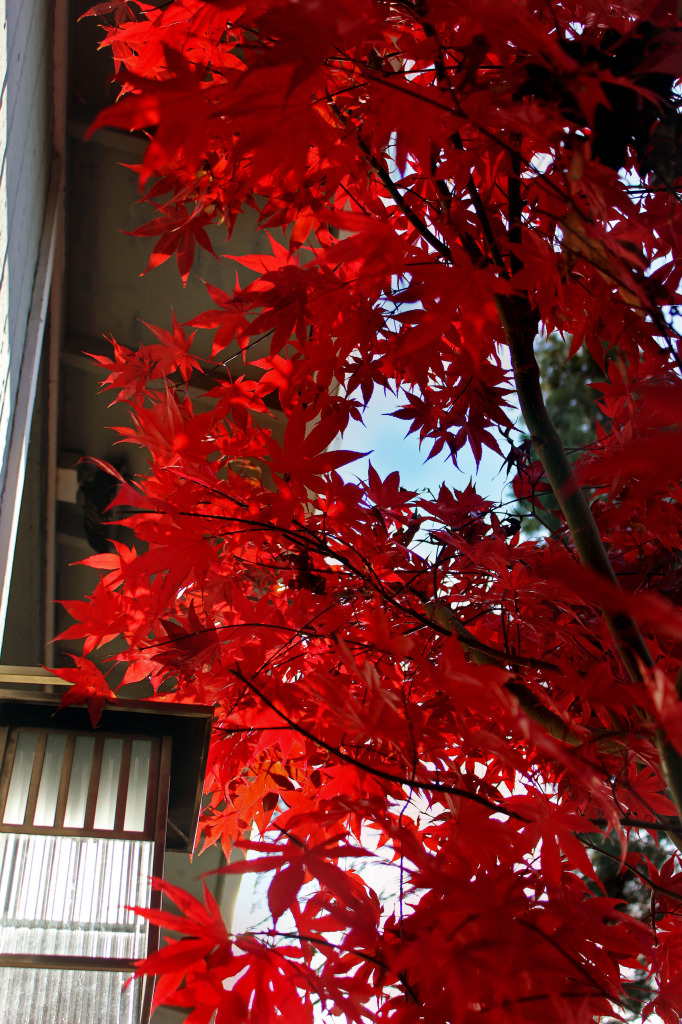 And last but certainly not least in my TOP 5 BEST Fall Color in the small bush or shrub known as Heavenly Bamboo, Nandina or formally as 'Nandina Domestica'. This Plant is often seen as a hedge planting or cluster planting here in the NW. With it's delicate bamboo like leaves and clusters of bright red berries this planting makes for an interesting specimen plant or even better when planted in clusters. there are many different varietals of this plant from ground cover light plantings to taller hedge making plantings. With interest year round this plant is an excellent choice for your NW Landscape!
And last but certainly not least in my TOP 5 BEST Fall Color in the small bush or shrub known as Heavenly Bamboo, Nandina or formally as 'Nandina Domestica'. This Plant is often seen as a hedge planting or cluster planting here in the NW. With it's delicate bamboo like leaves and clusters of bright red berries this planting makes for an interesting specimen plant or even better when planted in clusters. there are many different varietals of this plant from ground cover light plantings to taller hedge making plantings. With interest year round this plant is an excellent choice for your NW Landscape!
Hey Portland. YES, plant your new lawn in the Fall!
Though it may seem counter-intuitive fall is THE time to plant new lawns. Whether you're planting seed, sod or hydroseed NOW is the optimal time to plant your lawn.
Protect your landscape from contractor fraud!
Did you know that landscape construction Oregon requires a license?
Each phase of landscaping requires a separate license from the state of Oregon.
This includes planting, irrigation and outdoor construction (Fences, decks, arbors, lawn installation, Retaining walls, patios, ponds, waterfalls, water-features, walkways ) . Check your landscapers license status online at www.lcb.state.or.us or call the Oregon Landscape Contractors Board at 503-967-6291 ext. 221.
If you use an unlicensed landscape contractor you have virtually no recourse under the law to recoup monies or seek repairs. Protect yourself from Fraud!
You can have a beautiful landscape and avoid problems by taking the time to check references, licensing and having a well written contract.
Avoid common contractor problems
- Check your contractor’s License and bonding. ( Call LCB at 503-967-6291 x221)
- Get references of past contractor jobs. (Projects you can look at the work and talk to the clients)
- Use a written contract. (All Landscape projects in Oregon require a written contract)
- Plan your project carefully. (Have a written plan of your project and expected completion times)
- Get several bids. (From LICENSED Contractors)
- Pay in installments (NEVER pay ALL monies upfront!)
- Keep all written records (Copies of checks, invoices and contracts)
- Communicate! (Talk with your landscape professional and keep abreast of the projects progress)
The Value of licensed contractor
- A bond, which allows the consumer compensation if there is a breach of contract; negligent or improper work.
- Liability insurance that protects the consumer’s property if damage occurs during the construction process.
- A Landscape construction professional who has passed state exams demonstrating technical knowledge for each phase of landscaping.
- Continuing education to ensure your contractor has the latest technological knowledge.
- Dispute resolution administered by the LCB that mediates between the consumer and the landscape contractor, saving both parties legal costs.
- Workers’ compensation insurance, which protects the employee and frees the consumer from responsibility if there is an injury on the worksite.
Exstream landscaping is fully licensed, bonded and insured. LCB# 7094.
We have a list of references available and you can check out previous projects on our website at www.exstreamlandscaping.com
Another satisfied landscaping customer in Portland, Oregon!
-Hey Pat –
Just letting you know I had an electrician out doing some work today and he commented on the fence being so awesome. He wanted your information, so I passed it along.
Thanks again the fence is 100% top-quality craftsman work!
~Amy W. NE Portland~
Planning the Perfect Pathway: Steps to Landscaping GREATNESS in Portland
Pathways and steps lead you from one area of your outdoor living space into another and are just as important as the landscape itself. Whether your taste is free flowing or more clean edged and straight paths and steps can be customized out of almost any material and to your specific tastes. All it takes is your imagination!
From the simple to the sublime Exstream landscaping can meet your needs and fire your imagination with pathways and steps! Give us at call at 503-654-1953!
Pondering Ponds in Portland: Great Maintenance and Algae Fixes
Ponds can be a beautiful addition to your landscape. With their tranquil sounds and beautiful fish they can really enhance your outdoor living environment.
What to do when suddenly your once peaceful retreat turns into a quagmire of pea soup?
Ponds are a complex eco system and as such there is no one answer to fix the problem. Anyone who tells you there is, “just add this miracle chemical” is trying to sell you something. Algae is always going to be present in a healthy pond, however, not to the degree that it prevents you from seeing the fish you’ve so carefully cultivated.
Algae’s need two things to thrive, nutrient, (uneaten fish food and fish waste) and sunlight. Take away either of those things and your pond should clear up. It’s never going to be absolutely pristine with no algae growth unless you eliminate all biological living creatures and regularly add bleach to the system. But what fun is that? Isn’t the whole purpose behind a pond to enjoy the living ecosystem in your yard? The problem of algae in the pond is a multi faceted ‘fix’. The first step is to cover a large percentage of the open pond area with shade. This can be done by planting larger trees and shrubs around the periphery of the pond as well as adding water plants to the pond itself. Shelves can be added along the ponds edges as well as submersed milk crates or cinder blocks make great platforms for plants. The edition of bottom dwelling plants weighted with a rock, such as elodea and anacharis aid in the oxygenation of the pond as well as becoming a good natural food source for the fish. Floating plants such as water hyacinths, water lettuces and lilies can be had at most pond store for a reasonable price. These plants are also beautiful, adding texture and color to help soften the rocky pond edges, creating a more natural look.
Not only do these plants shade the pond from the sun and help with oxygenation, they also take up the excess nutrient in your water to feed themselves thus making them a double edged helper in the fight against the dreaded pea soup algae!
If the algae is persistent and occurs later in the year it is usually a symptom of an imbalance in the pond. This is where water test kits become a valuable tool to help you decide what the next steps should be to clear the pond.
Water temperature should be assessed, as well as CO2 levels, phosphate, ammonia and nitrate levels should also be considered. If any or all of these are higher than optimal it’s probably a contributor to your algae issue. The addition of a biological filter and leaf catching filter in addition to retarding your feeding schedule will all help to reduce the rate at which these levels climb bringing your pond back into balance. Be advised that nothing is going to be an over-night quick fix. As with all things in nature these things take time.
In addition to adding these algae fighting methods, a good water change of the pond, of about of the water should be implemented. Removing the lion’s share of the visible algae by hand, using a suction device, a screened pole and yes even your hands to get out as much algae as possible. When refilling the pond make sure that you refill it slowly and add a judicious amount of your favorite de-chlorinator. Remember to clean the screens and filter material in your leaf catcher to remove large debris on a regular basis.
When flushing the biological filter, which I recommend not be done more than twice a year, the addition of pre-bottled biological conditioner should be added to boost the beneficial bacterial residing in the bio-filter.
If the CO2 levels are high in your pond you may want to consider an aeration device in addition to your waterfall to help increase oxygen levels and surface agitation. Algae thrives in a poorly oxygenated water.
Though I don’t advocate the use of chemical ‘fixes’ in the pond, some can beneficial if used in the correct manner and judiciously. Many people fall prey to the claims on the bottle of a magical overnight cure which is both not realistic and can cause both over use and over dependence on chemicals. That being said, the use of barley extracts, barley bales or barley mattes can be helpful. When broken down the barley bales emit a naturally occurring chemical that inhibits that growth of hair and pea soup algae’s, further it helps to ‘clump’ the algae for later removal. There are also chemicals that can be added prior to the water change to help clump the algae together for easy removal. The best way to use these is sparingly, following the directions and if used at least 24 hours prior to the water change.
Lastly, though I’m not in love with the idea, UV lights can be added to most commercially sold biological and leaf catching skimmer filters. These lights while expensive can help clear an algae bloom fairly quickly, but should be used only in well established ponds as the lights don’t discriminate between killing beneficial, healthy bacteria, and harmful algae cause bacteria.
They kill them all with great efficiency, causing the pond to be out of balance once again. Be mindful that a large algae die off can cause just as many issues as the algae itself!
Doing things slowly, with caution and in the most natural way will ensure a healthy relatively algae free pond for you and your family to enjoy for years to come!




